
In some American towns, the forge never cooled. The clang of metal on metal still cuts through the morning air like a declaration: something is being made, shaped, earned. In places like Abingdon, Virginia and Silverton, Colorado, blacksmithing isn’t performed for nostalgia—it persists because it belongs. These are not museum pieces, nor are the artisans hobbyists in costume. They are welders, smiths, and sculptors who understand that iron bends not to romance, but to pressure, precision, and flame.
Each town wears its blacksmithing legacy a little differently. In Fairhope, Alabama, ironwork curls along balconies in soft Gulf breezes. In Lanesboro, Minnesota, the rhythm of hammer and anvil drifts over river trails and limestone bluffs. In Galena, Illinois, a rail-era forge burns behind a row of 19th-century facades, casting long shadows in the light of today.
Blacksmithing here is neither revival nor reenactment. It’s material storytelling, built stroke by stroke. Hinges, gates, sculpture, tools—each piece speaks of weather, land, and memory. The flame ties past to present, sweat to skill.
This is a tour of 18 American towns where blacksmiths still shape more than metal. They anchor communities, outline their edges, and give form to something quietly enduring.
18. Fairhope, Alabama: Southern Charm and Metalworking Artisans
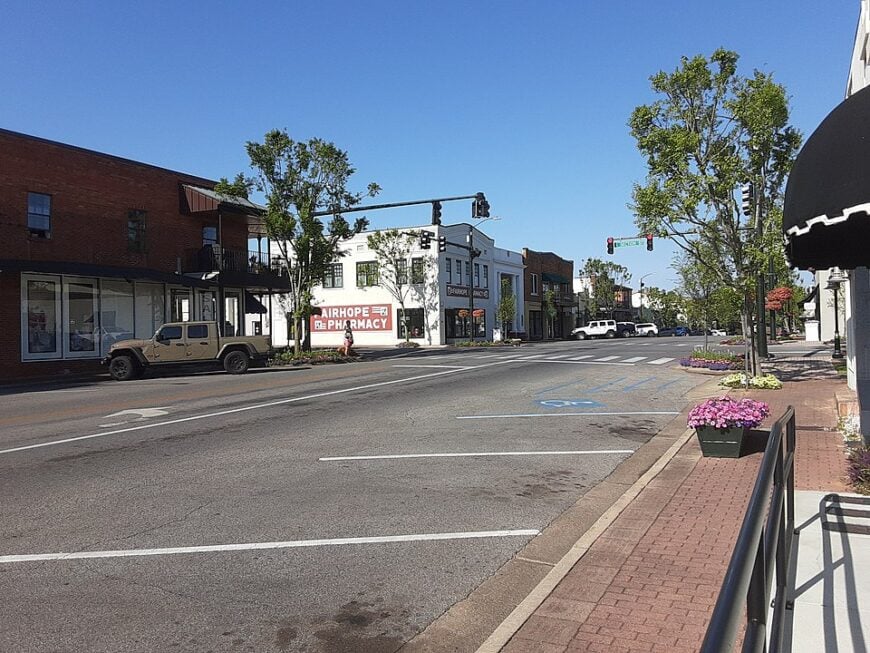
Nestled along the eastern shoreline of Mobile Bay, Fairhope exudes a quaint Southern charm enriched by a thriving arts community. Strolling through its tree-lined streets, you’ll find local galleries and boutiques showcasing works by talented artisans, including skilled blacksmiths who forge unique metal pieces. Visitors can watch these craftsmen transform raw iron into decorative gates, sculptures, and functional art, reflecting the town’s creative spirit.
Beyond the blacksmith shops, Fairhope offers picturesque views, delightful cafes, and a welcoming atmosphere that invites you to linger and explore. For those interested in calling Fairhope home, 3-4 bedroom houses are typically priced between $466,000 and $750,000, making it an ideal location for those seeking a blend of artistic inspiration and upscale living.
Where is Fairhope, Alabama?
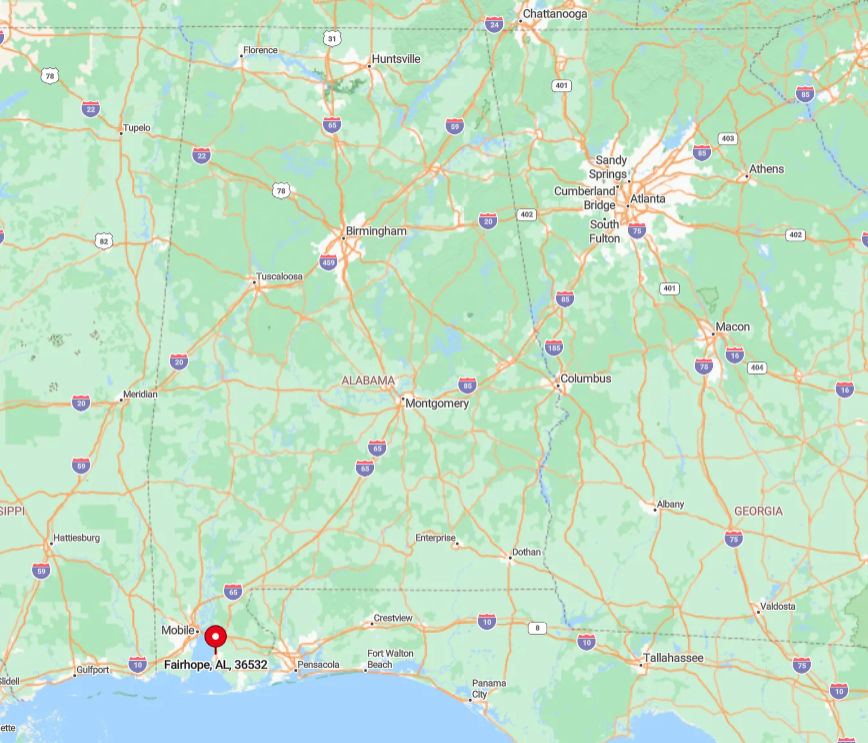
Located on the eastern shore of Mobile Bay in Baldwin County, Fairhope is easily accessible via Interstate 10 and U.S. Highway 98. Its prime position offers stunning sunsets over the bay and a peaceful retreat from bustling city life.
The town’s proximity to the Gulf Coast’s beautiful beaches adds to its appeal. Whether you’re arriving by car or boat, the scenic routes leading to Fairhope highlight the natural beauty of Alabama’s coastline, setting the stage for a memorable visit.
17. Mendocino, California: Coastal Beauty with Artisan Blacksmiths
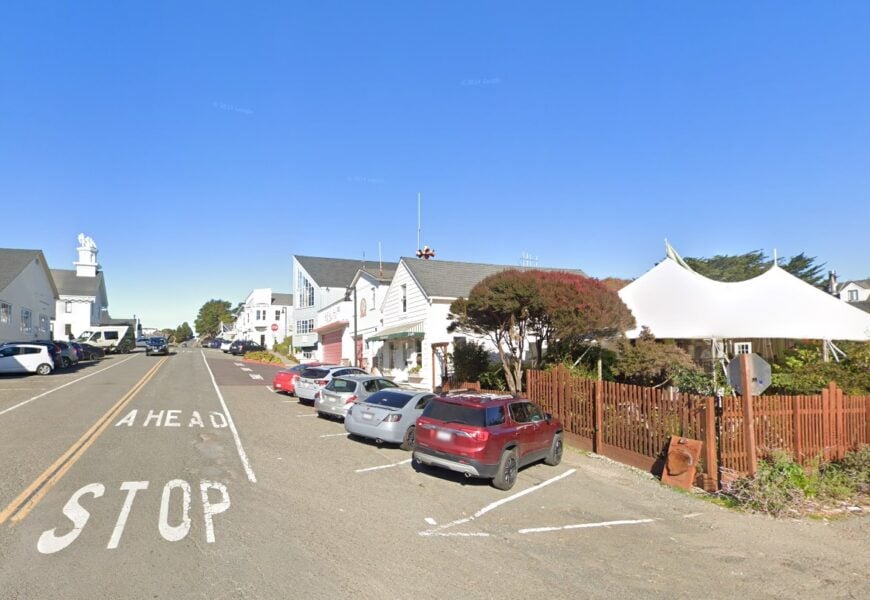
Perched on the rugged cliffs of Northern California’s coastline, Mendocino enchants visitors with its dramatic ocean views and historic architecture. Amidst the natural splendor, artisan blacksmiths ply their trade, creating works that echo the beauty of the surrounding seascape. Strolling through the village, you’ll encounter studios where metal is shaped into intricate jewelry, garden art, and custom fixtures.
The town’s creative ambiance is palpable, making it a haven for artists and those who appreciate handcrafted work. Beyond blacksmithing, Mendocino offers charming inns, local wineries, and serene trails along the Pacific. Homes in Mendocino, with 3-4 bedrooms, typically range from $1,600,000 to $1,900,000, offering luxurious options for those wanting to experience this coastal haven year-round.
Where is Mendocino, California?
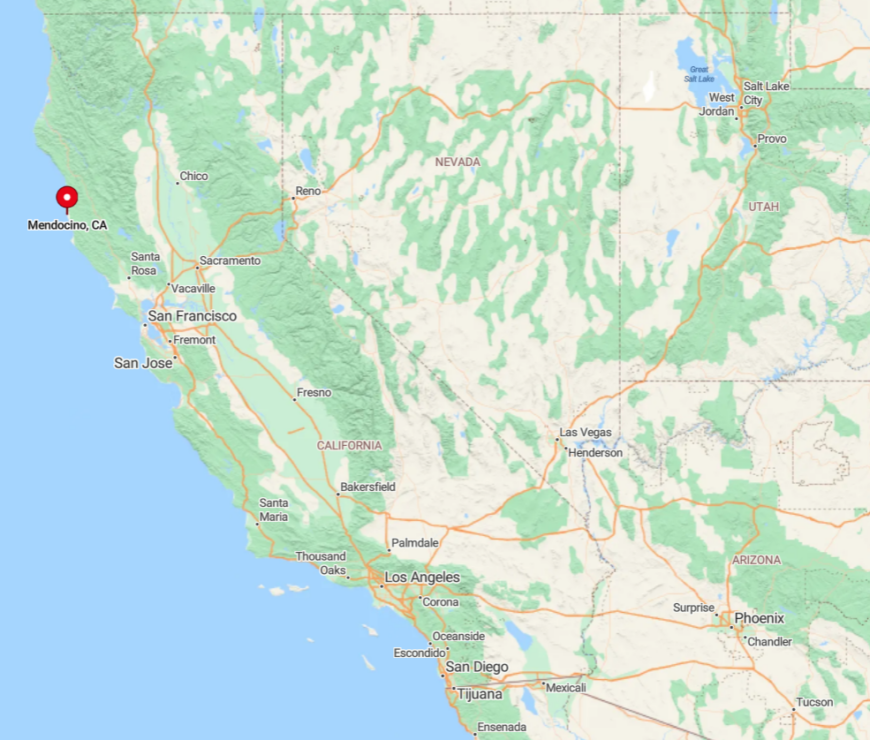
Mendocino is situated along Highway 1, about three hours north of San Francisco. The drive itself is a breathtaking journey through towering redwoods and along the dramatic coastline. This remote seaside village is surrounded by the Mendocino Headlands State Park, providing easy access to hiking trails and panoramic ocean vistas. Its secluded location enhances its tranquility, making it an ideal spot for a peaceful getaway immersed in nature and artistic inspiration.
16. Bisbee, Arizona: Historic Mining Town with Blacksmith Art

Tucked away in the Mule Mountains, Bisbee is a former mining town transformed into a vibrant community rich with artistic flair. The town’s steep streets and historic buildings serve as a backdrop for blacksmith artists who draw inspiration from Bisbee’s mining heritage. Visitors can explore galleries where metal is crafted into intricate sculptures, jewelry, and decorative items, reflecting both the town’s history and modern creativity.
With its colorful murals, eclectic shops, and welcoming locals, Bisbee invites exploration and appreciation of its unique character. The price for a 3-4 bedroom home in Bisbee typically ranges from $300,000 to $500,000, offering an affordable option for those drawn to the town’s artistic energy and rich history.
Where is Bisbee, Arizona?
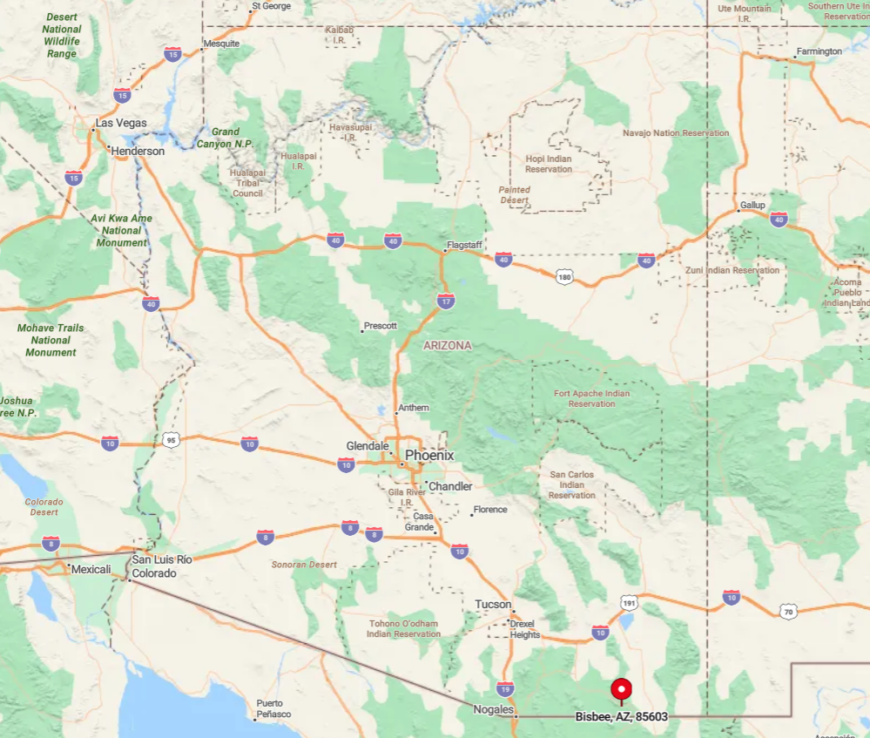
Bisbee is located in southeastern Arizona, about 90 miles southeast of Tucson, near the Mexican border. Accessible via State Route 80, the town’s mountainous setting offers cooler temperatures and scenic views. The drive to Bisbee winds through desert landscapes dotted with cacti and rugged hills. Its remote location adds to its charm, providing a retreat from the hustle and bustle and an opportunity to immerse oneself in the rich tapestry of Arizona’s mining history and artistic presence.
15. Lititz, Pennsylvania: Quaint Streets and Forging Craftsmen
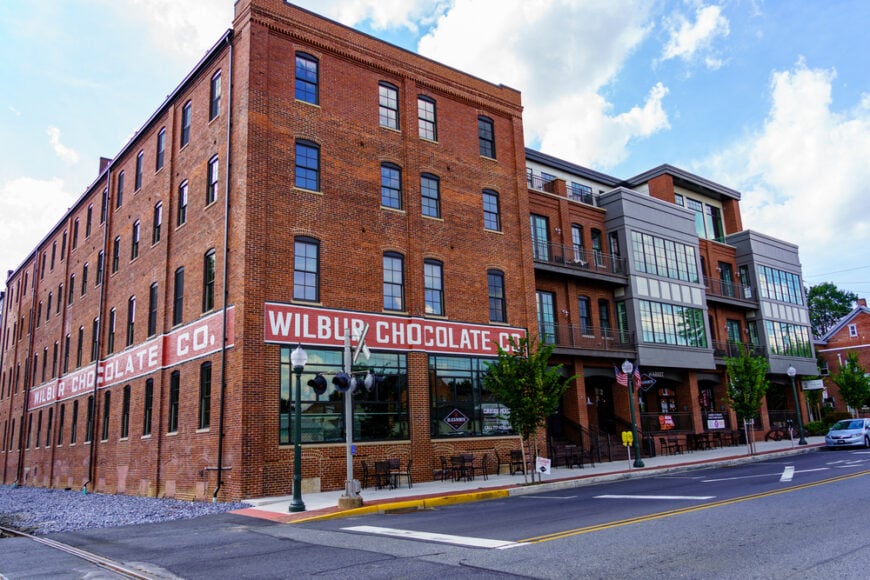
Set in the heart of Pennsylvania Dutch Country, Lititz charms visitors with its well-preserved historic buildings and warm, small-town vibe. Among its cobblestone streets and inviting shops, you’ll find blacksmiths who carry on the trade with passion and expertise. These craftsmen create everything from traditional hardware to artistic sculptures, often incorporating local motifs into their designs.
Lititz’s rich heritage and dedication to preserving traditional crafts offer a unique opportunity to experience blacksmithing up close while enjoying the town’s delightful ambiance, boutique shopping, and famous homemade treats. A 3-4 bedroom home in Lititz typically costs between $300,000 and $500,000, making it an attractive destination for those seeking charm and tradition.
Where is Lititz, Pennsylvania?
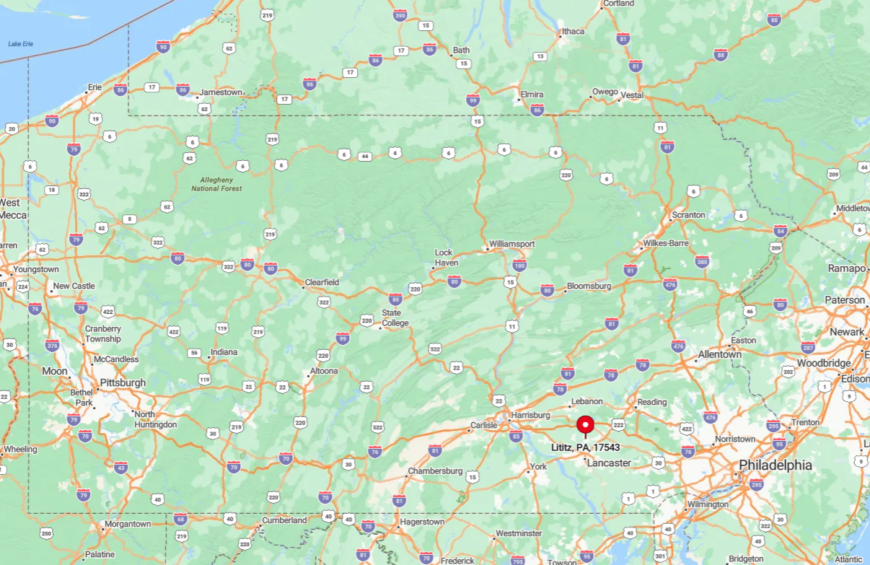
Lititz is located in Lancaster County, approximately 70 miles west of Philadelphia. The town is easily accessible via PA Route 501 and is nestled among rolling farmlands and picturesque countryside. Its central location makes it a convenient stop for those exploring the region’s Amish culture and historical sites. The surrounding landscape enhances its appeal, offering scenic drives and a tranquil atmosphere that complements the town’s commitment to craftsmanship.
14. Abingdon, Virginia: Cultural Hub with Working Blacksmith Shop

Nestled in the Appalachian Highlands, Abingdon is a cultural treasure trove known for its vibrant arts scene and rich history. The town boasts a working blacksmith shop where visitors can witness traditional metalworking techniques passed down through generations. Craftsmen here forge everything from ornamental ironwork to practical tools, showcasing the enduring appeal of this ancient craft.
Beyond the forge, Abingdon offers the historic Barter Theatre, charming eateries, and access to the Virginia Creeper Trail, blending artistry and outdoor adventure in a picturesque setting. Homes with 3-4 bedrooms in Abingdon typically range from $275,000 to $400,000, offering a peaceful yet active lifestyle for those drawn to the arts and outdoor living.
Where is Abingdon, Virginia?

Abingdon is situated in southwestern Virginia, just off Interstate 81, making it easily accessible for travelers. The town lies near the Tennessee border, approximately 140 miles from Knoxville. Set against the backdrop of the Blue Ridge Mountains, Abingdon’s scenic location enhances its allure. The surrounding landscape provides opportunities for hiking, biking, and enjoying the natural beauty that complements the town’s cultural offerings.
13. Shepherdstown, West Virginia: Colonial Era Blacksmithing
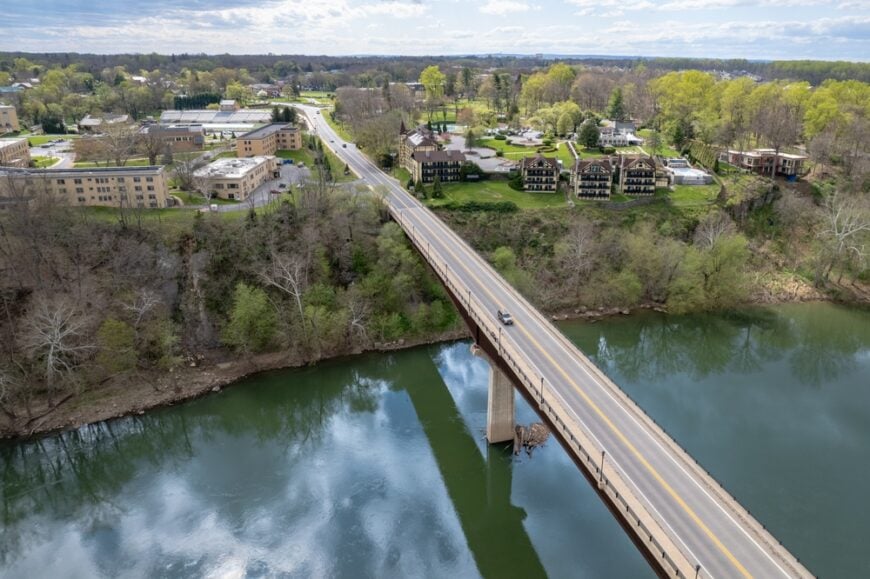
As the oldest town in West Virginia, Shepherdstown is steeped in colonial history and charm. Walking its historic streets, you can step back in time and observe blacksmiths practicing age-old techniques in local workshops. These artisans create handcrafted items ranging from traditional tools to decorative ironwork, reflecting the town’s dedication to preserving its heritage.
Visitors can enjoy the blend of historical ambiance with modern-day amenities, including eclectic shops, cozy cafes, and cultural events that celebrate Shepherdstown’s storied past. The average price for a 3-4 bedroom home in Shepherdstown typically falls between $502,000 and $550,000, offering a historic yet contemporary lifestyle in this charming town.
Where is Shepherdstown, West Virginia?
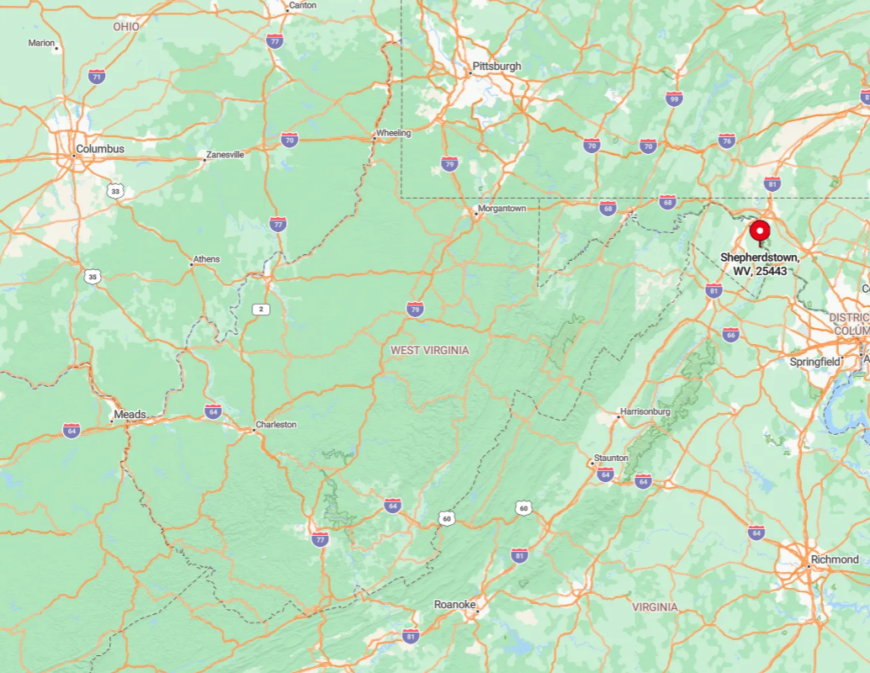
Shepherdstown is located in the Eastern Panhandle of West Virginia, along the Potomac River, near the Maryland border. It’s about 90 minutes northwest of Washington, D.C., accessible via Route 480, and close to major highways like I-81. The town’s proximity to significant historical sites, such as the Antietam Battlefield and Harpers Ferry, makes it a strategic base for exploring American history while enjoying the tranquility of a small town.
12. Lanesboro, Minnesota: Historic Small Town with Blacksmithing Heritage
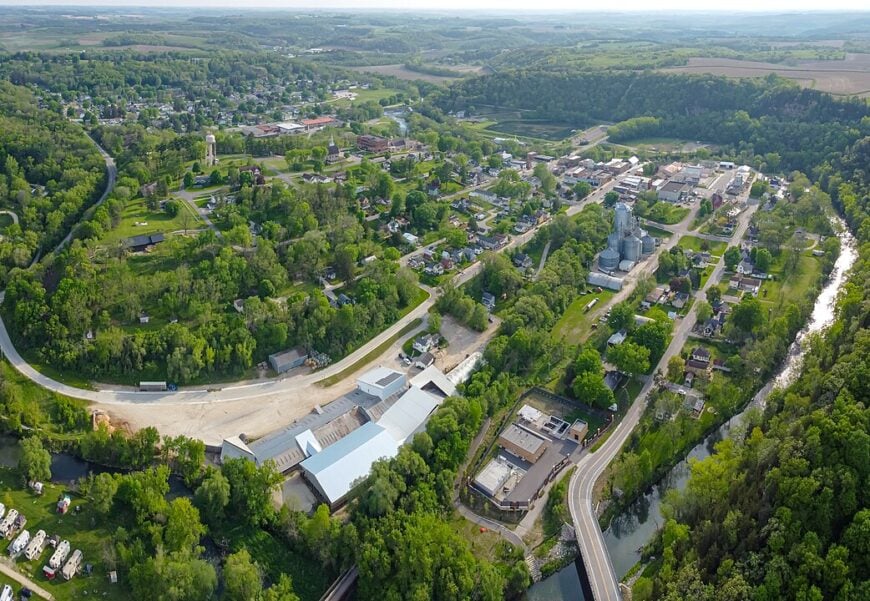
Lanesboro captures the essence of small-town America, nestled in the bluffs along the Root River. Known as the “Bed & Breakfast Capital of Minnesota,” it offers a cozy and welcoming atmosphere. The town’s blacksmith shop keeps the heritage alive, allowing visitors to watch artisans forge metal into functional and decorative items.
The combination of historic charm and artistic endeavor makes Lanesboro a delightful destination. Outdoor enthusiasts will appreciate the biking and hiking opportunities along the Root River Trail, adding to the town’s allure. For those interested in settling down, a 3-4 bedroom home in Lanesboro is priced between $227,000 and $284,000, providing an affordable living option in this scenic town.
Where is Lanesboro, Minnesota?
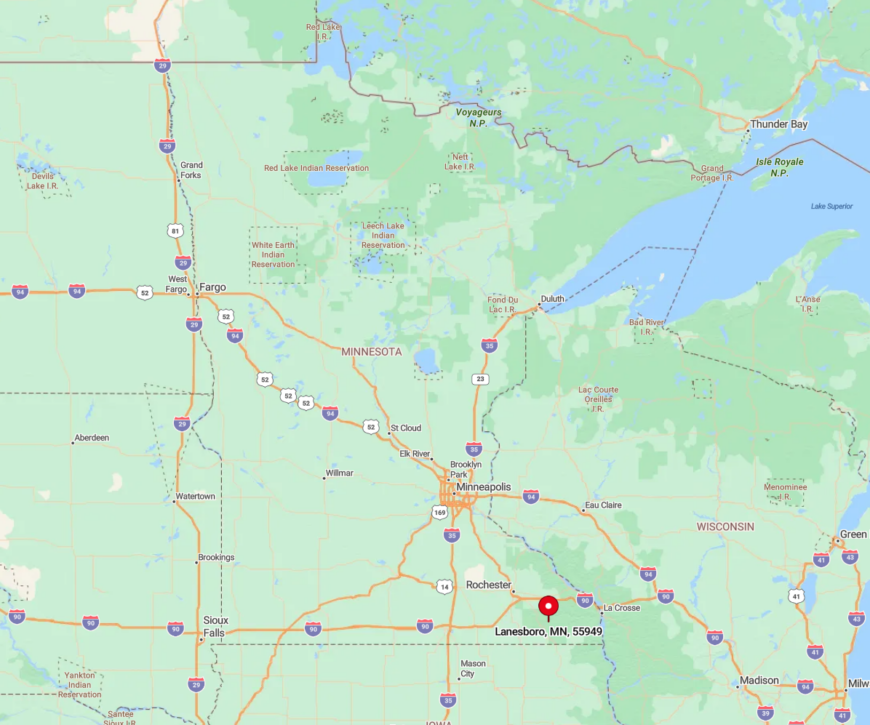
Lanesboro is located in southeastern Minnesota, approximately 120 miles south of Minneapolis and St. Paul. Accessible via Highways 52 and 16, the town is set amidst rolling hills and scenic river valleys. Its picturesque location emphasizes the peacefulness of rural Minnesota, offering a tranquil retreat where the arts and nature harmoniously meet. The surrounding landscapes provide a perfect backdrop for exploring local crafts, including the time-honored tradition of blacksmithing.
11. Silverton, Colorado: Mining History and Blacksmith Craft
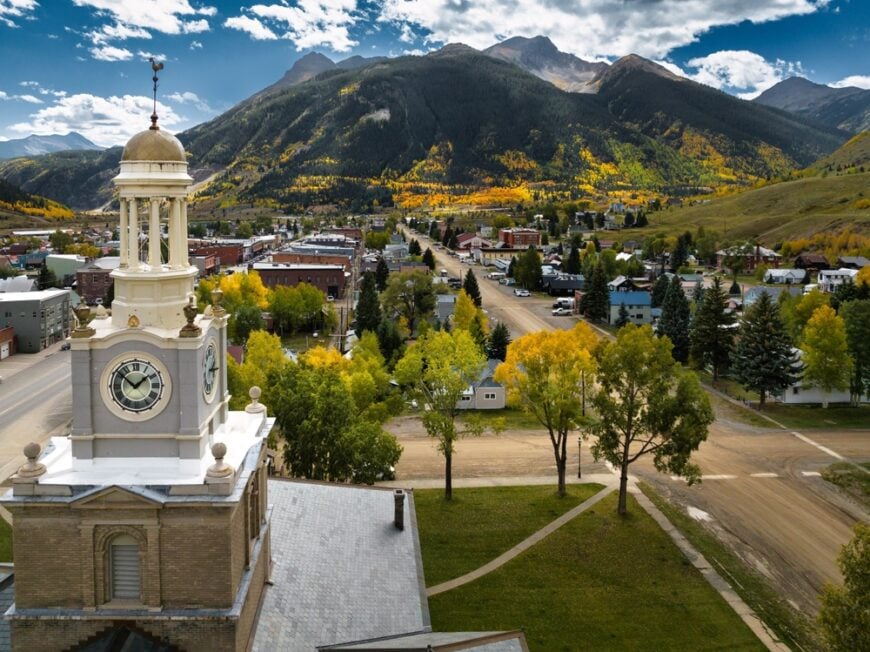
High in the San Juan Mountains, Silverton is a former mining town that retains much of its original character. The town’s rugged setting and historic district offer a glimpse into the mining boom of the late 19th century. A working blacksmith shop in Silverton continues the legacy, demonstrating techniques that harken back to the town’s origins.
Visitors can observe metal being transformed as it once was when the town bustled with miners and prospectors. The dramatic mountain scenery and preserved architecture make Silverton a fascinating stop for history buffs and adventurers alike. Homes with 3-4 bedrooms in Silverton typically range from $1,400,000 to $1,700,000, making it an upscale destination for those looking for history and adventure in the mountains.
Where is Silverton, Colorado?

Silverton is situated in southwestern Colorado along the scenic Million Dollar Highway (U.S. Route 550), approximately 50 miles north of Durango. The town can be accessed by car or via the historic Durango & Silverton Narrow Gauge Railroad, offering a breathtaking journey through the mountains. At an elevation of over 9,000 feet, Silverton’s remote location emphasizes its rustic charm and the enduring spirit of the Old West that continues to captivate visitors.
10. Cody, Wyoming: Western Spirit and Blacksmith Traditions
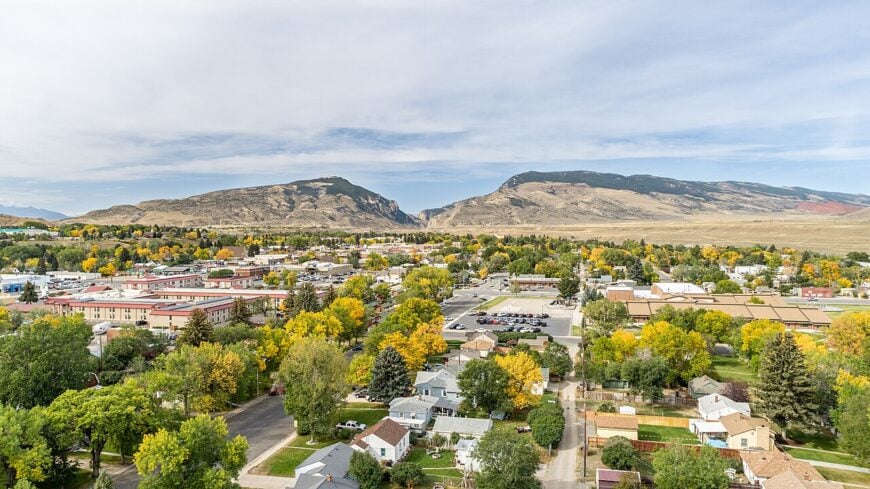
Founded by the legendary showman Buffalo Bill Cody, the town of Cody embodies the rugged spirit of the American West. Blacksmithing is a celebrated craft here, with artisans demonstrating skills that reflect the frontier heritage. Visitors can watch demonstrations at venues like the Buffalo Bill Center of the West, where metal is shaped into practical tools and ornate pieces.
The town’s lively atmosphere includes rodeos, Western museums, and outdoor adventures, all set against the stunning backdrop of the Rocky Mountains. A 3-4 bedroom home in Cody typically ranges from $400,000 to $600,000, offering a blend of Western heritage and modern living in the heart of Wyoming.
Where is Cody, Wyoming?
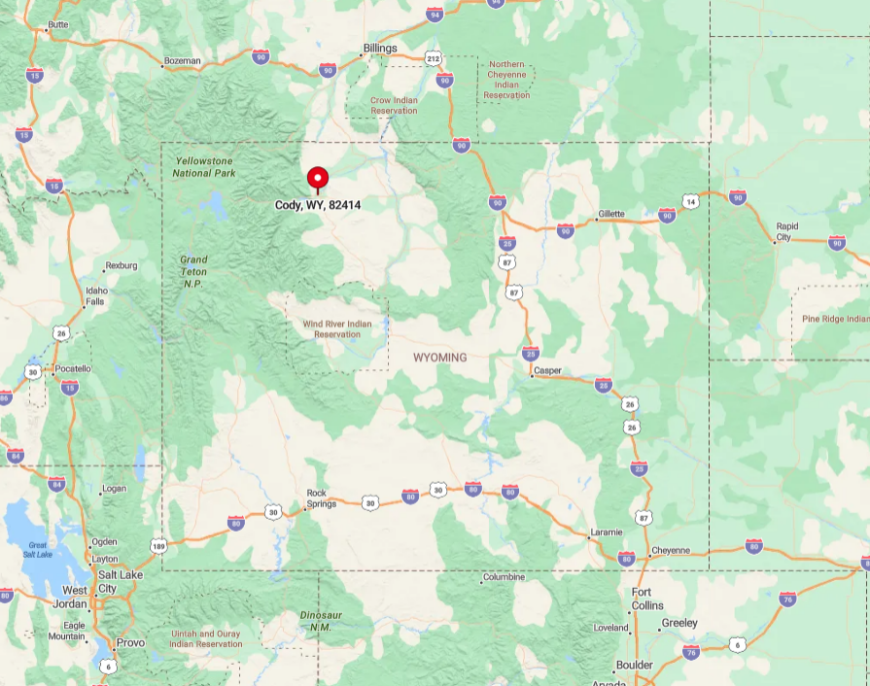
Cody is located in northwestern Wyoming, approximately 50 miles east of Yellowstone National Park’s east entrance. Accessible via U.S. Routes 14, 16, and 20, the town serves as a gateway to some of America’s most iconic natural landscapes. The scenic highways leading to Cody wind through mountains and valleys, enhancing the journey. Its strategic location makes it an ideal stop for travelers seeking both the wild beauty of nature and the rich cultural experiences of the Old West.
9. Pigeon Forge, Tennessee: Mountain Retreat with Live Blacksmithing
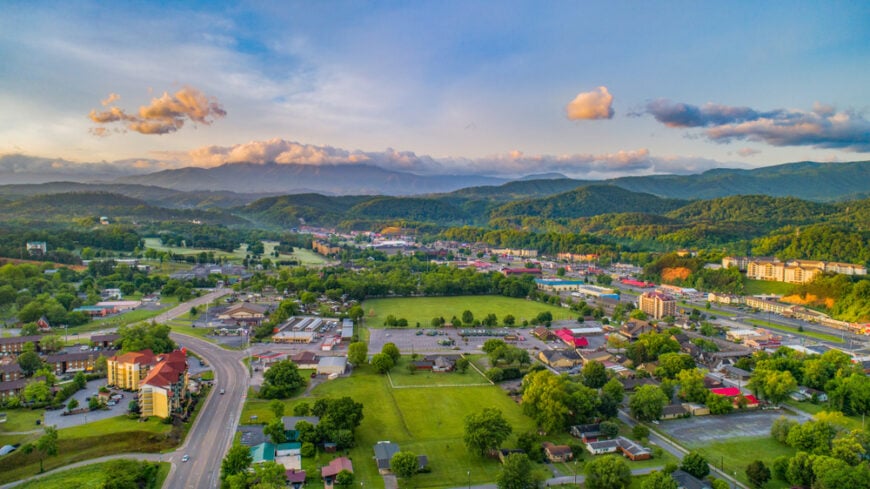
Nestled in the foothills of the Great Smoky Mountains, Pigeon Forge is a bustling town known for its blend of natural beauty and entertainment. Blacksmithing thrives here, particularly at Dollywood where blacksmiths demonstrate ironworking techniques to fascinated audiences. Visitors can watch as craftsmen transform raw metal into decorative and functional items, keeping Appalachian traditions alive.
Beyond the forges, Pigeon Forge offers a variety of attractions, from theme parks and music theaters to outdoor activities like hiking and fishing. Homes in Pigeon Forge with 3-4 bedrooms typically range from $300,000 to $500,000, offering a beautiful and affordable option for those looking to settle near the Smokies.
Where is Pigeon Forge, Tennessee?

Pigeon Forge is located in eastern Tennessee along U.S. Route 441, approximately eight miles north of the Great Smoky Mountains National Park. It’s easily accessible from Interstate 40 and is part of a trio of popular mountain towns, including nearby Gatlinburg and Sevierville. The town’s proximity to scenic drives, mountain vistas, and outdoor recreation areas makes it a hub for tourists seeking both adventure and cultural experiences, such as observing traditional blacksmithing.
8. Nashville, Indiana: Artistic Enclave with Traditional Blacksmithing
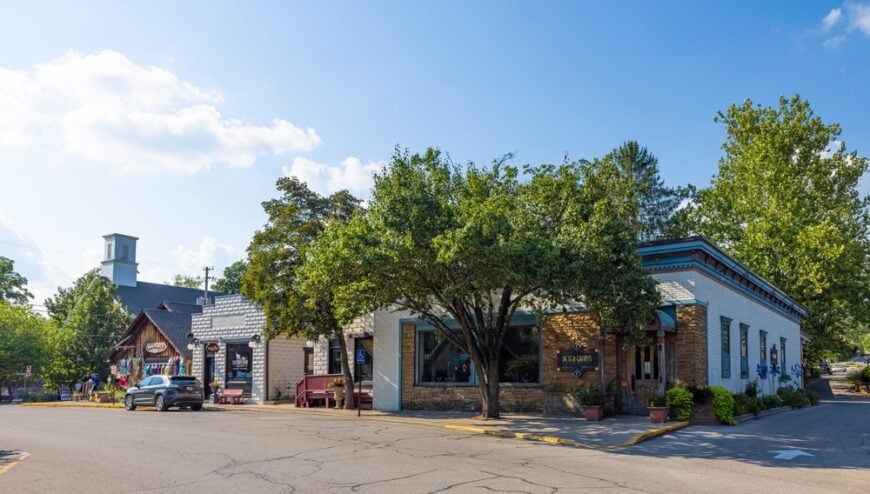
Known as the heart of Brown County, Nashville, Indiana, is a quaint town celebrated for its vibrant arts community. The streets are lined with galleries, studios, and shops where artisans of all kinds display their work. Among them, blacksmiths uphold old-world craftsmanship, creating handcrafted ironwork ranging from ornamental designs to practical items.
Visitors can observe these skilled artisans at work, gaining insight into the meticulous process of forging metal. The town’s artistic atmosphere is complemented by beautiful natural surroundings, making it a serene escape. For those looking to call Nashville home, 3-4 bedroom houses typically fall within the range of $300,000 to $500,000, blending both art and nature into a charming living experience.
Where is Nashville, Indiana?
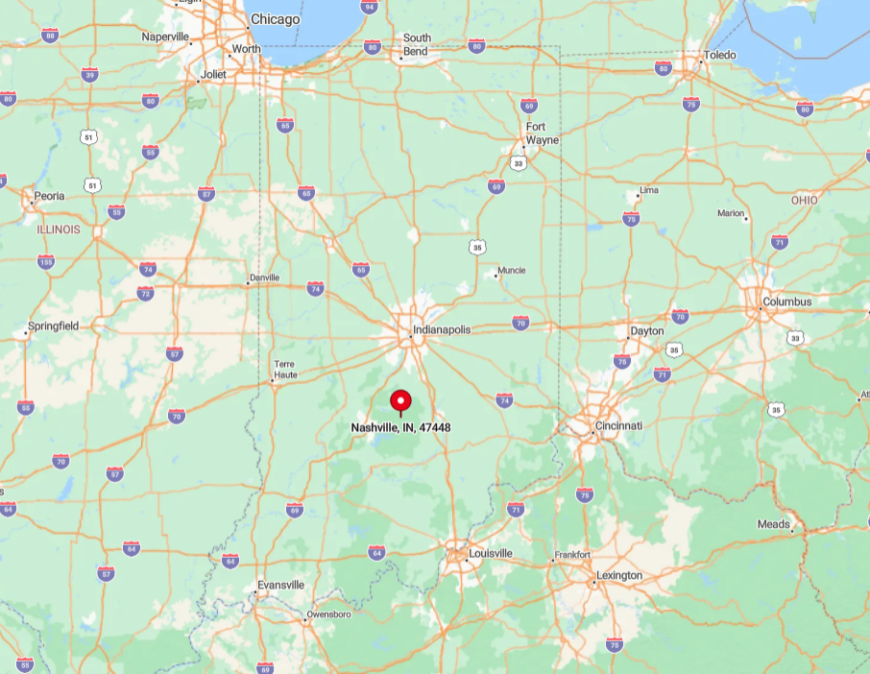
Nashville is located in south-central Indiana, about 50 miles south of Indianapolis and 15 miles east of Bloomington. Accessible via State Road 46, the town is nestled amidst the rolling hills of Brown County State Park, Indiana’s largest state park. The area’s scenic beauty, especially during the fall foliage season, enhances Nashville’s appeal as a destination for both art enthusiasts and nature lovers.
7. Galena, Illinois: Historic Streets and Blacksmith Artistry
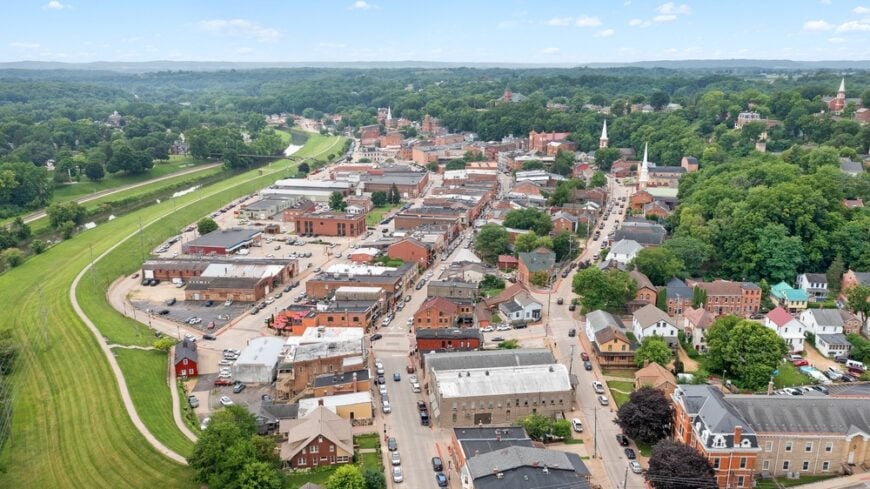
Galena is a well-preserved slice of 19th-century America, with over 85% of its buildings listed on the National Register of Historic Places. The town’s rich history is matched by its vibrant arts scene, where blacksmiths contribute to the local culture by crafting metalworks that blend traditional techniques with modern aesthetics.
Visitors can explore blacksmith shops and galleries showcasing everything from intricate wrought iron to contemporary metal sculptures. Galena’s charming Main Street, lined with boutiques and eateries, invites leisurely exploration amid a backdrop of historical grandeur. A 3-4 bedroom home in Galena typically costs between $290,000 and $400,000, making it an appealing option for history enthusiasts and those seeking a peaceful, scenic retreat.
Where is Galena, Illinois?
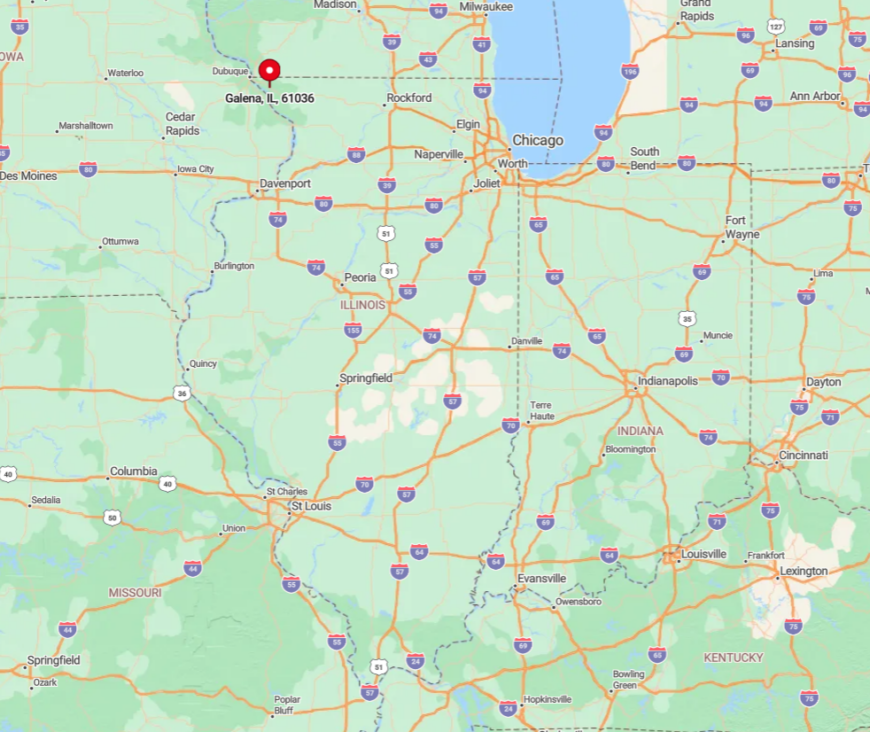
Located in the rolling hills of northwestern Illinois, Galena sits near the borders of Iowa and Wisconsin. It’s approximately 160 miles west of Chicago, accessible via U.S. Route 20. The town’s scenic location along the Galena River adds to its allure, offering opportunities for outdoor activities such as boating and hiking. The gentle landscapes and nearby vineyards enhance the sense of stepping back in time while enjoying modern comforts.
6. Roscoe Village, Ohio: Restored Canal Town with a Blacksmith’s Forge

Roscoe Village is a picturesque restoration of a 19th-century Ohio and Erie Canal town. Walking through its cobblestone streets, visitors are transported to a bygone era where they can witness a working blacksmith forge in an authentic 1830s setting. The blacksmiths here demonstrate traditional techniques, crafting items that showcase the functional beauty of ironwork.
The village also features historical interpreters, quaint shops, and canal boat rides, offering a comprehensive glimpse into life during the canal era in Ohio. Homes with 3-4 bedrooms in Roscoe Village typically range from $200,000 to $300,000, offering a unique opportunity to live in a historical setting while embracing small-town charm.
Where is Roscoe Village, Ohio?
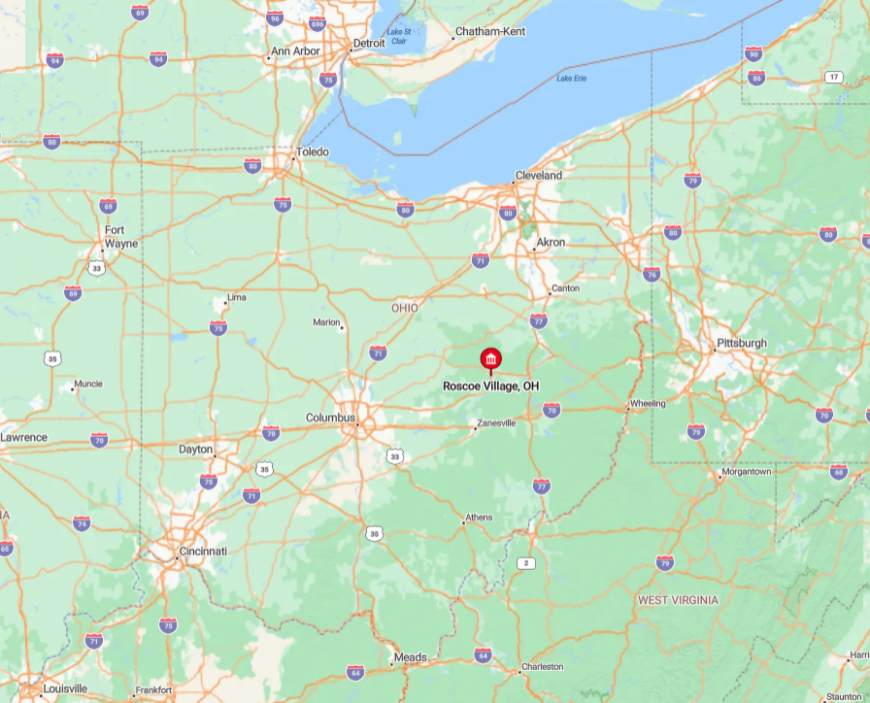
Located in Coshocton County, Roscoe Village is situated in east-central Ohio, roughly 70 miles northeast of Columbus. Accessible via State Routes 16 and 83, the village sits along the Tuscarawas River. The surrounding area is characterized by gentle hills and lush forests, enhancing the historical ambiance. The ease of access and immersive experience make Roscoe Village a compelling destination for those interested in traditional crafts and early American history.
5. Sutter Creek, California: Gold Country’s Blacksmithing Gem
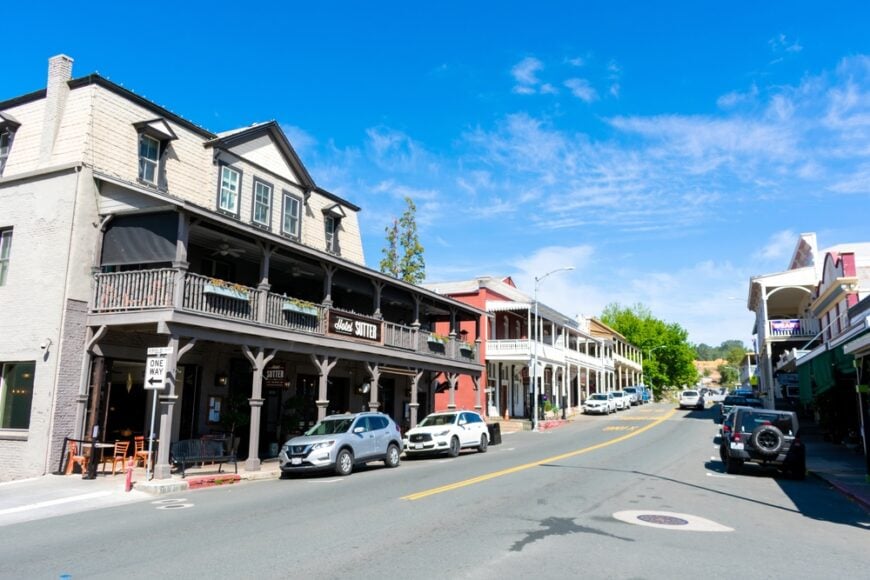
Sutter Creek, nestled in the Sierra Foothills, is a quintessential Gold Rush town that has preserved much of its 19th-century charm. The streets are lined with original buildings housing antique shops, boutiques, and galleries. Blacksmiths in Sutter Creek keep the pioneering spirit alive, demonstrating metalworking techniques crucial during the mining boom.
Visitors can witness the forging process and purchase handcrafted ironwork as a memento. The town’s rich history and welcoming atmosphere make it a delightful step back in time. For those wanting to make Sutter Creek their home, a 3-4 bedroom house typically ranges from $500,000 to $800,000, offering a beautiful place to live surrounded by history and natural beauty.
Where is Sutter Creek, California?
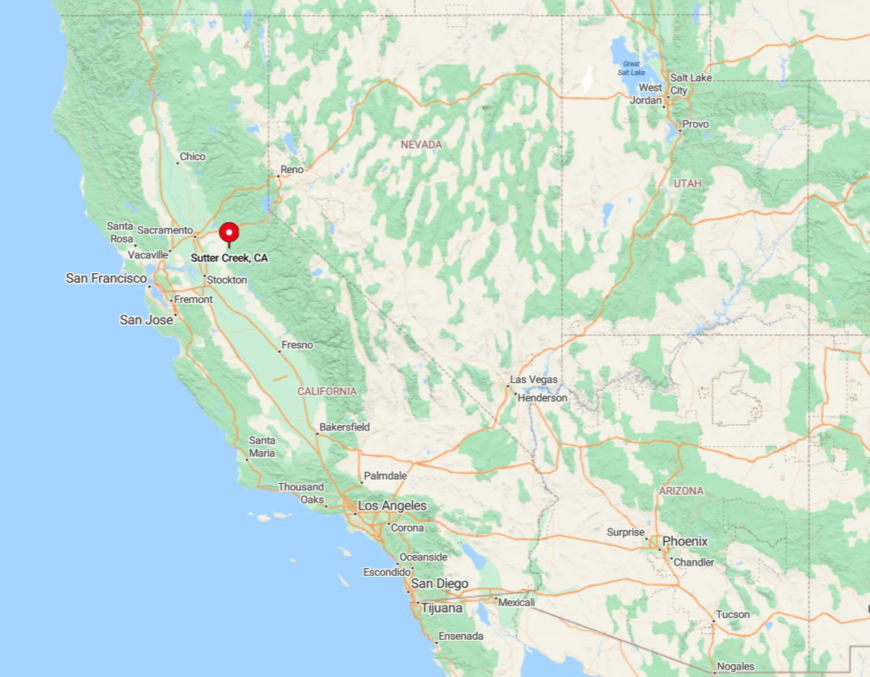
Sutter Creek is located in Amador County, about 45 miles southeast of Sacramento. Accessible via Highway 49, known as the Gold Rush Highway, the town is set amidst rolling hills and historic mining sites. The scenic drive offers glimpses of California’s historic heartland. Sutter Creek’s proximity to other Gold Country attractions enhances its appeal for travelers seeking to explore the region’s heritage and traditional crafts like blacksmithing.
4. Skagway, Alaska: Gold Rush Town with Traditional Blacksmithing

Skagway is a gateway to Klondike Gold Rush history, where the spirit of adventure still lingers. The town’s restored buildings and wooden boardwalks evoke the frontier atmosphere of the late 1800s. Amidst this historical setting, blacksmiths demonstrate time-honored techniques, forging metal into tools and art reflective of the Alaskan wilderness.
Skagway offers a unique blend of natural beauty and historical intrigue, with opportunities to explore nearby glaciers, mountains, and the famed White Pass & Yukon Route Railroad. Homes in Skagway with 3-4 bedrooms typically range from $390,000 to $699,000, offering a chance to embrace the rugged beauty and historical charm of Alaska.
Where is Skagway, Alaska?
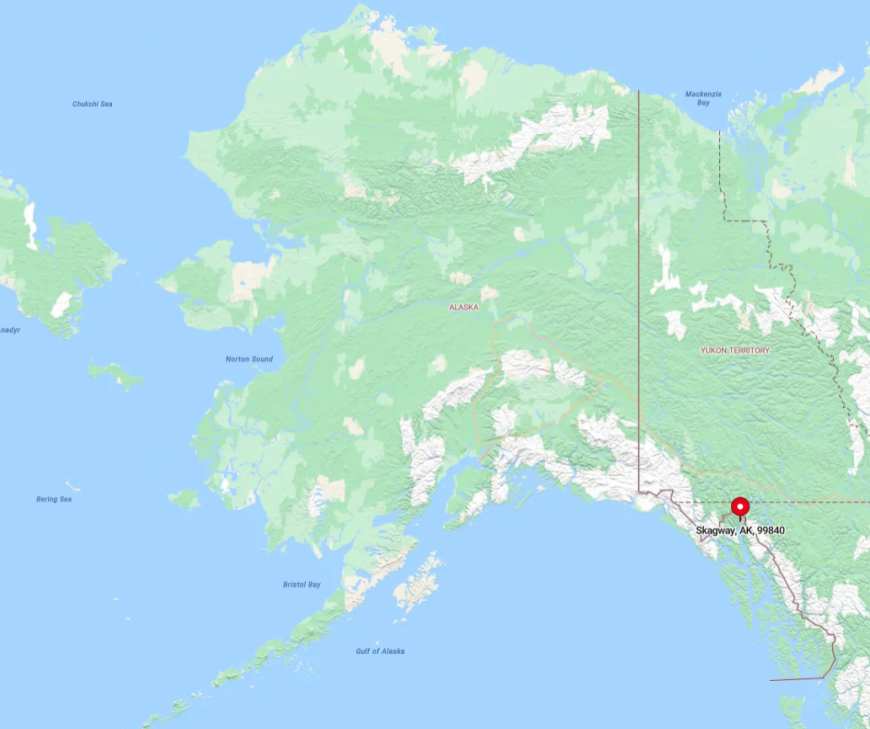
Located in the southeastern panhandle of Alaska, Skagway is accessible by air, sea, or the Klondike Highway from Yukon, Canada. The town is a popular port of call for cruise ships traveling the Inside Passage. Surrounded by snow-capped peaks and pristine waterways, Skagway’s remote location adds to its mystique. The journey, whether by ferry through scenic waterways or along mountainous roads, sets the stage for an immersive historical and natural experience.
3. Eureka Springs, Arkansas: Victorian Beauty with Artisan Blacksmiths

Eureka Springs is a charming town known for its steep winding streets and well-preserved Victorian architecture. The entire downtown area is on the National Register of Historic Places, offering a picturesque setting for visitors. Blacksmiths in Eureka Springs contribute to the town’s artistic vibe, creating handcrafted metal works that both functional and decorative.
Studios and galleries allow guests to observe the creative process and purchase unique pieces. The town’s vibrant arts scene, historic hotels, and natural springs make it an enchanting destination. A 3-4 bedroom home in Eureka Springs typically ranges from $335,000 to $499,900, providing a perfect blend of Victorian elegance and modern comfort.
Where is Eureka Springs, Arkansas?

Situated in the Ozark Mountains of northwest Arkansas, Eureka Springs is approximately 50 miles north of Fayetteville. Accessible via Highway 62, the town is surrounded by lush forests, clear lakes, and natural springs. The winding mountain roads leading to Eureka Springs offer scenic views that enhance the journey. Its secluded location amidst the Ozarks provides a tranquil escape where visitors can immerse themselves in both nature and rich artistic culture.
2. Mystic, Connecticut: Nautical Heritage and Live Blacksmithing
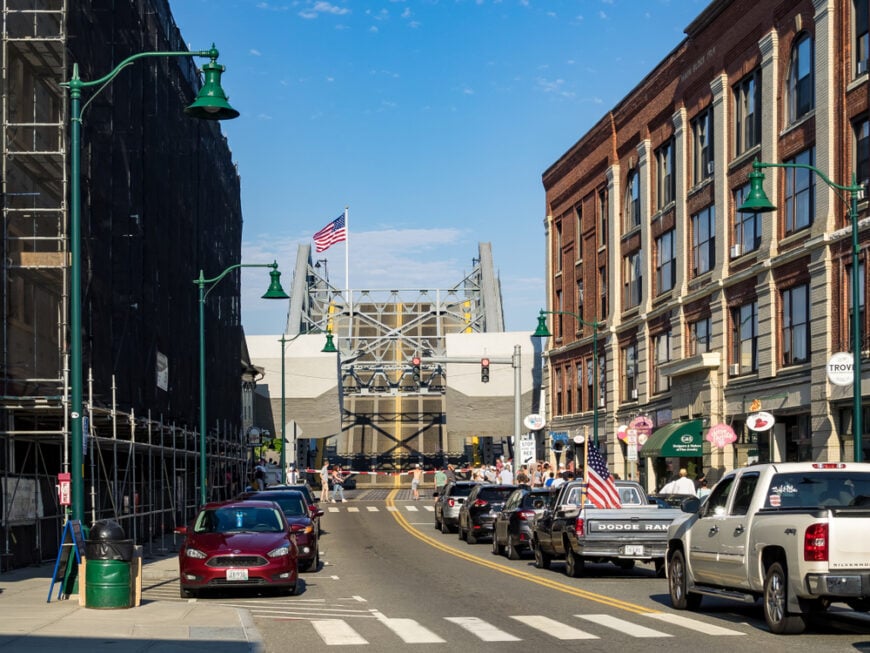
Mystic is a historic seaport village that brings New England’s maritime past to life. At the Mystic Seaport Museum, visitors can explore a recreated 19th-century village complete with a working blacksmith shop. Here, blacksmiths demonstrate the essential role of metalworking in shipbuilding and daily life of the era.
Beyond the forge, Mystic offers quaint shops, seafood restaurants, and the famous Mystic Aquarium. The blend of nautical history and hands-on experiences makes it a captivating place for all ages. Homes in Mystic with 3-4 bedrooms typically range from $700,000 to $1,000,000, offering a premium location to experience coastal living and history.
Where is Mystic, Connecticut?

Located on the southeastern coast of Connecticut, Mystic is accessible via Interstate 95, about midway between New York City and Boston. The town sits along the Mystic River, leading to Long Island Sound, and is known for its picturesque harbor and iconic bascule bridge. The coastal setting provides scenic views and maritime charm, making Mystic an ideal destination for those interested in seafaring history and traditional crafts like blacksmithing.
1. Harpers Ferry, West Virginia: Historic Charm with a Working Blacksmith Shop
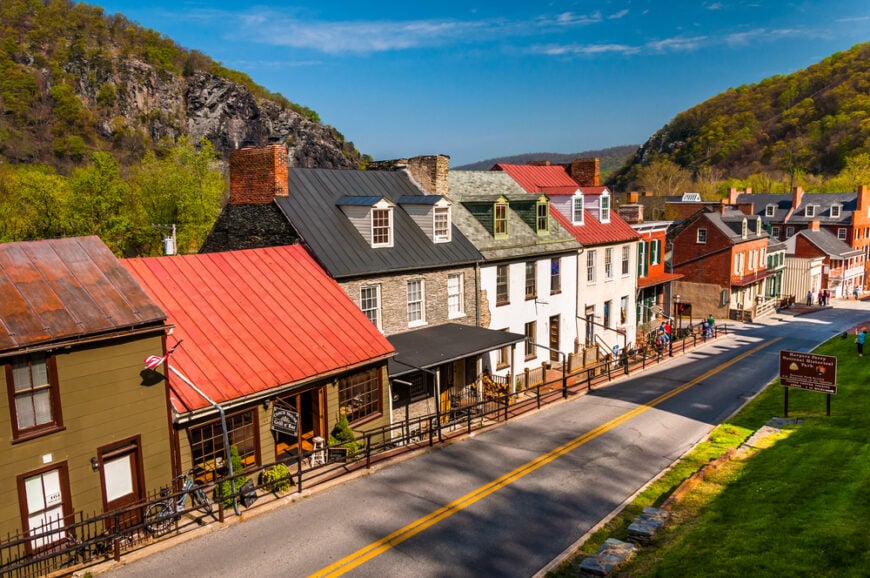
At the confluence of the Potomac and Shenandoah rivers lies Harpers Ferry, a town steeped in American history. The Harpers Ferry National Historical Park preserves the town’s rich heritage, including an operational blacksmith shop where visitors can watch traditional metalworking techniques firsthand. Craftsmen demonstrate skills vital during the 19th century, adding depth to the historical experience.
Beyond the forge, Harpers Ferry offers cobblestone streets, historic landmarks, and access to trails like the Appalachian Trail, all set against a backdrop of stunning natural beauty. For those interested in living in this historic gem, a 3-4 bedroom home in Harpers Ferry typically costs between $300,000 and $500,000, offering an affordable way to immerse in history and nature.
Where is Harpers Ferry, West Virginia?
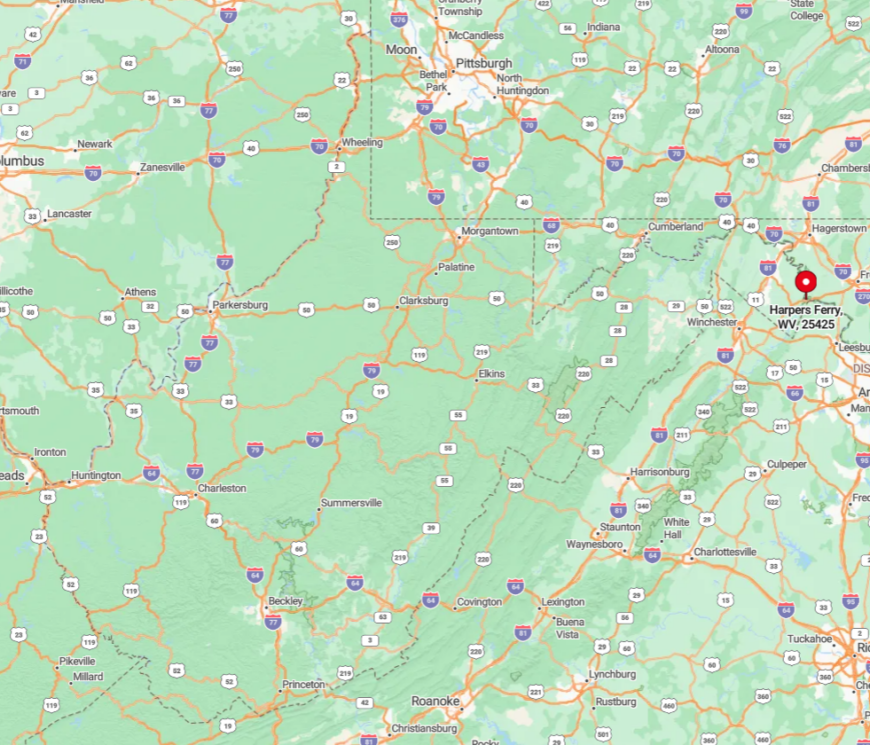
Harpers Ferry is situated in the easternmost point of West Virginia, approximately 60 miles northwest of Washington, D.C. Accessible via U.S. Route 340 and well-connected by train services like Amtrak and MARC, the town is a crossroads of history and nature. Its location at the meeting of two rivers and three states (West Virginia, Virginia, and Maryland) makes it a unique destination. The surrounding cliffs and waterways enhance its scenic appeal, inviting explorers to delve into both its storied past and outdoor adventures.






